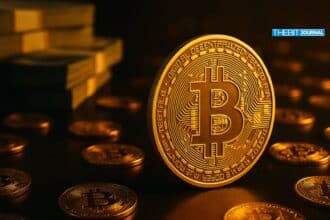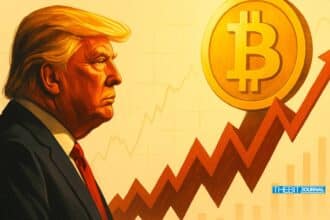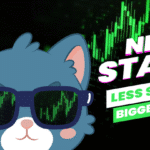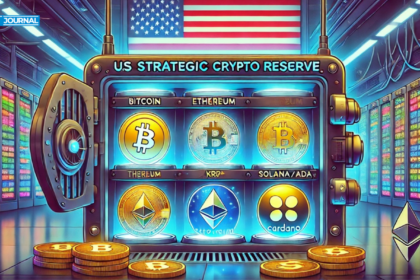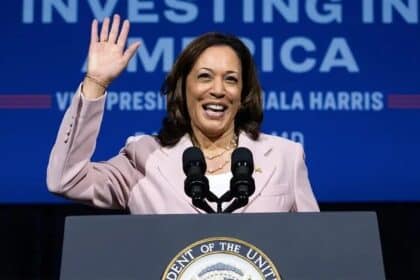The cryptocurrency market has been buzzing with a recent milestone for Ripple’s XRP token: the launch of XRP futures contracts on the Chicago Mercantile Exchange (CME).
This significant development comes at a pivotal moment for XRP, with institutional demand for cryptocurrency derivatives continuing to rise. But beyond the immediate trading volumes, what does the CME’s XRP futures debut mean for Ripple’s long-term trajectory, particularly its hopes for an Exchange-Traded Fund (ETF) approval?
CME’s XRP Futures: Trading Activity and Institutional Interest
On May 19, 2025, the CME officially launched both standard and micro XRP futures contracts, which have already seen over $15 million in daily trading volume. This launch has drawn attention for several reasons. First, the CME is one of the world’s leading financial exchanges, known for offering regulated, institution-grade derivatives products.
The launch of XRP futures is not just another product; it’s a strong signal of growing institutional interest in XRP and its underlying technology, the XRP Ledger (XRPL).
The standard XRP futures contract represents 50,000 XRP, while the micro version represents 2,500 XRP. Both are cash-settled contracts, meaning investors don’t have to actually hold XRP, allowing them to gain exposure to the digital asset without the complications of ownership. This is particularly appealing to institutional investors who prefer to trade in regulated, low-risk environments.

The trading volumes of $15.6 million on the first day of launch are not just significant in their own right but are also larger than some of the other exchanges that specialize in cryptocurrency futures trading, like dYdX. The launch is quickly approaching the levels of established players like BitMEX and HTX, further confirming the growing importance of XRP in the digital asset space.
Institutional-Grade Products and the Road to ETF Approval
Giovanni Vicioso, CME’s Global Head of Cryptocurrency Products, spoke about the growing demand for institutional-grade derivatives, extending beyond Bitcoin and Ethereum.
This growing appetite for products like XRP futures reflects an increased institutional interest in XRP as an asset class, largely driven by the adoption of the XRP Ledger for real-world financial applications. Vicioso highlights that XRP’s launch into the futures market marks a step forward in integrating the digital asset into mainstream financial markets.
For Ripple CEO Brad Garlinghouse, this launch is a “key institutional milestone” that further solidifies XRP’s role in traditional finance. Garlinghouse mentioned that Ripple’s prime broker, Hidden Road, was responsible for executing the first block trade on the CME platform. This event signals that institutional investors are paying attention, and it could be a game-changer for XRP’s future.
But the futures market debut isn’t just about trading. It has broader implications for Ripple’s ambitions of securing a spot XRP ETF approval. While XRP’s price has not skyrocketed yet, the futures launch creates a conducive environment for Ripple to strengthen its case for the approval of an XRP-backed ETF.
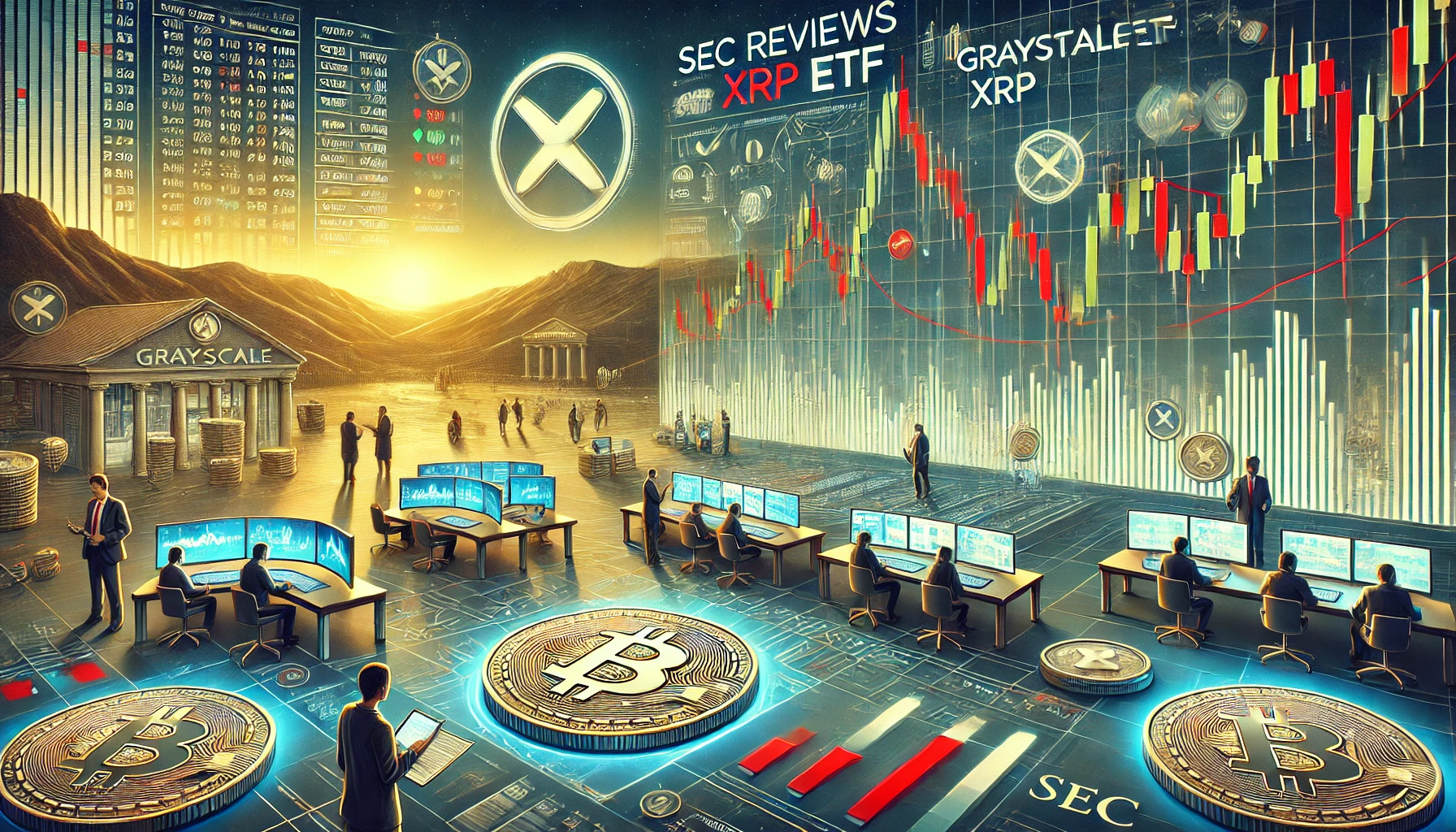
A Growing Case for a Spot XRP ETF
The spot XRP ETF has long been a topic of discussion among investors and market analysts. The CME’s futures launch has reignited optimism in this regard. According to market experts, the approval of a spot XRP ETF could be “just a matter of time.”
Polymarket bettors have assigned an 83% probability to the approval of a spot XRP ETF, reflecting growing confidence in the asset’s regulatory acceptance. Bloomberg analysts are similarly optimistic, estimating an 85% chance that the SEC will approve a spot XRP ETF, pointing to a trend of increasing institutional demand for XRP-based financial products.
Major players in the crypto ETF space, including Grayscale, Bitwise, and 21Shares, have already filed applications with the U.S. Securities and Exchange Commission (SEC) to launch a spot XRP ETF. The SEC’s previous stance on XRP has been complicated, but the increasing institutional adoption and demand for XRP futures could force regulators to reconsider.
The Impact of XRP Futures on Ripple’s Price
While the immediate impact of the CME futures launch has been encouraging in terms of trading volumes, it remains to be seen how this will affect XRP’s price in the long run.
Typically, futures markets don’t create immediate price surges, but the increased institutional involvement could have a long-term positive impact on XRP’s value. If institutional investors continue to buy into the narrative of XRP as a legitimate asset for financial markets, the token could see continued upward momentum.
What’s more, as XRP futures gain traction, it’s likely that other major financial institutions will follow suit. The CME’s involvement lends legitimacy to XRP and positions it as a key player in the growing ecosystem of institutional cryptocurrency investments.
A Step Forward for Regulatory Acceptance
The CME’s XRP futures debut is a significant step toward XRP’s broader acceptance in traditional financial markets. It signals that XRP is maturing from a speculative digital asset to a more regulated and institutional-grade asset class. As more financial institutions engage with XRP, it could pave the way for smoother regulatory approval for a spot ETF, which would further integrate XRP into mainstream financial markets.
With the approval of a spot ETF now looking increasingly likely, Ripple and XRP investors are hopeful that this new avenue for institutional exposure will lead to long-term price appreciation and increased adoption.
Conclusion: Ripple’s Positive Trajectory
The CME’s XRP futures launch is more than just a trading event, it is a sign that Ripple’s XRP is gaining ground in the world of institutional finance. The $15 million in daily trading volume on day one shows that there is serious interest from institutional investors. This success, combined with the potential for a spot XRP ETF approval, signals a bright future for XRP.
For Ripple, this marks another step toward its broader goal of mainstream adoption. As institutions continue to seek exposure to XRP, both through futures contracts and potential ETFs, the future of this digital asset looks increasingly promising. The trajectory toward a fully regulated, institutional-grade XRP market is clearer than ever.
FAQs:
Q1: What are XRP futures?
XRP futures are financial contracts that allow investors to speculate on the price of XRP without owning the token itself. These contracts are settled in cash, making them attractive to institutional investors.
Q2: How does the CME XRP futures launch impact XRP’s price?
While the immediate impact on price may not be significant, increased institutional involvement through futures trading could boost long-term demand for XRP and contribute to price appreciation.
Q3: Is a spot XRP ETF approval likely?
Experts are optimistic, with high probabilities from Polymarket and Bloomberg analysts that a spot XRP ETF will be approved in the near future.
Glossary of Terms
Futures Contracts: Agreements to buy or sell an asset at a predetermined price at a specified time in the future.
XRP Ledger (XRPL): The decentralized blockchain network that XRP operates on, designed for fast and low-cost transactions.
ETFs (Exchange-Traded Funds): Investment funds traded on stock exchanges, much like stocks, that hold assets such as cryptocurrencies, commodities, or bonds.
